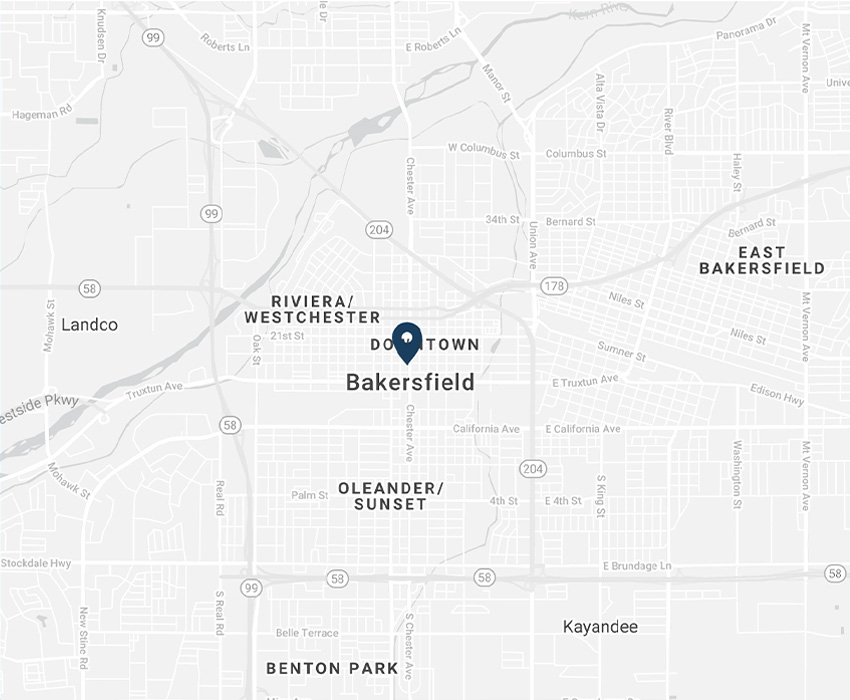‘100 Deadliest Days’: Summer period especially dangerous time for young drivers
May 29, 2019 | Article by Chain | Cohn | Clark staff | News & Media , Tips & Information , Video Social Share

Did you know that the time period between Memorial Day and Labor Day is known as the “100 Deadliest Days” in the United States?
During this time span, which largely includes the summertime, our country’s roadways see a sharp increase in automobile fatalities, many involving teen drivers, according to AAA.
For example, in 2016 during this time period more than 1,050 people were killed in crashes involving a teen driver. That’s an average of 10 people per day – a 14 percent increase compared to the rest of the year, according to the AAA.
What are the reasons for the sharp increase?
It’s not that more teens are driving for longer periods in the summer with school out. In fact, driving behavior greatly increases the risk of a crash, AAA states. Distracted driving, inexperience, driving under the influence, not using safety belts, and driving in adverse conditions are the primary reasons.
Bakersfield’s 23ABC News reporter Lezly Gooden examined this annual issue, and discussed what we can do to decrease the numbers. The report also featured Chain | Cohn | Clark personal injury Matt Clark, representing MADD Kern County as a board member regarding the alarming DUI-rates in Kern County, which sees more than 4,000 DUI arrests per year. Additionally, Kern County’s rate of DUI-related fatal crashes is the second highest in the country, according to the Kern County District Attorney’s Office.
“The statistics are frankly embarrassing for our county,” said Matt Clark in the 23ABC News report. Chain | Cohn | Clark is deeply involved with MADD Kern County efforts to raise awareness of the local DUI epidemic, and ways to combat the crimes. “It’s embarrassing that we live in a county in California where you are likely to die in a drunk driving accident than almost any other county in the country.”
Additionally, research shows that when a teen driver has only teen passengers in their vehicle, the fatality rate for all people increased 51 percent. Speed and nighttime driving are also factors, according to the National Highway Traffic Administration.
Here are a few tips for parents of teens and young adult drivers:
- Evaluate your teen’s readiness. Talk with your teen about personal responsibility, ability to follow rules and any other concerns before beginning the learning-to-drive process.
- Get informed. Graduated driver licensing, driver education, license restrictions and supervised practice driving are all part of today’s licensing process. And the state of California sets parameters throughout a multi-stage licensing process for young drivers, such as times of day they can drive and how many passengers they can carry.
- Start talking now. Share any insight that could save your child from having to learn things the hard way. Talk about what it takes to be a safe driver, the rules and responsibilities once they start driving.
- Focus on passenger safety. Talk to your teen about always buckling up, not riding with a teen driver without your advance permission, and being a safe passenger with teen and adult drivers.
- Be involved. When you’re behind the wheel, talk about what you see (road signs, pedestrians, other vehicles) that could result in the need to change speed, direction or both. Maintain an ongoing dialogue about your teen’s driving, appropriately restrict driving privileges and conduct plenty of supervised practice driving. California requires that parents and their teens conduct 50 hours of supervised practice driving, including 10 hours at night.
- Be a good role model. Make changes in your driving to prevent any poor driving habits from being passed on. Show you take driving seriously by always wearing your seat belt, obeying traffic laws, not using a cell phone while driving, watching your speed, not tailgating, using your turn signals, and not driving when angry or tired.
- Responsible drivers never drive under the influence. As a parent, you can reinforce that message and help steer clear of dangers, including being a passenger of friends who have been drinking. Preventing underage drinking also helps avoid exposure to violence, risky sexual behavior, alcoholism and other serious concerns.
And, as always, share the road with pedestrian, scooter riders, bicyclists and motorcyclists. For more driving safety tips, go to chainlawblog.com.
———-
If you or someone you know is injured in an accident, please call the attorneys at Chain | Cohn | Clark at (661) 323-4000.
———-
MEDIA COVERAGE
- AAA declares ‘100 deadliest days’ from Memorial Day to Labor day for young drivers (23ABC News – May 28, 2019) (Web Version)

